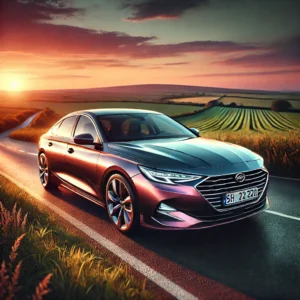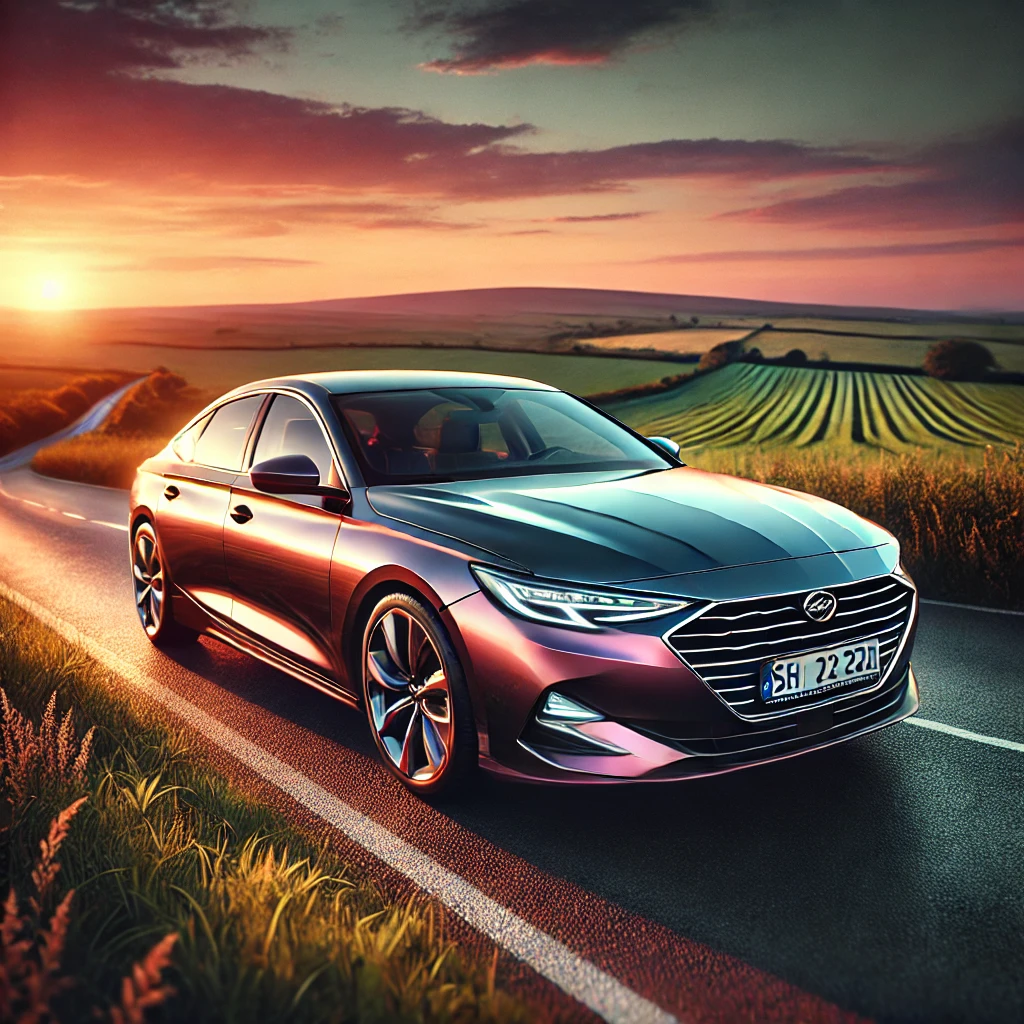The Future of Fossil Fuel Vehicles in the Era of Electric Transformation

Introduction
The automotive industry is undergoing a seismic shift, with electric vehicles (EVs) rapidly gaining traction worldwide. As governments, corporations, and consumers prioritize sustainability and technological innovation, the fate of traditional fossil fuel vehicles (FFVs) hangs in the balance. This blog explores the future of fossil fuel vehicles, the challenges they face in light of EV advancements, and whether they can coexist with electric cars or are destined to phase out entirely.
1. The Rise of Electric Vehicles: A New Dawn
Over the past decade, EVs have transformed from niche products to mainstream contenders. The growth of EVs can be attributed to several factors:
1.1 Technological Advancements
- Improvements in battery technology have increased energy density and reduced costs. Lithium-ion batteries, for instance, are now cheaper and more efficient.
- The rise of fast-charging networks, coupled with innovations in autonomous and connected car technologies, enhances the appeal of EVs.
1.2 Government Policies
- Numerous governments are setting ambitious targets for phasing out FFVs. For instance:
- The European Union aims to end sales of new petrol and diesel cars by 2035.
- California plans to ban the sale of new gas-powered vehicles by 2035.
- Subsidies and incentives for EV buyers, along with penalties for high-emission vehicles, create a conducive environment for EV growth.
1.3 Consumer Awareness
- Increasing awareness about climate change and the health impact of air pollution drives consumer preference for cleaner alternatives.
- Millennials and Gen Z buyers are more environmentally conscious and willing to invest in sustainable mobility solutions.
Fun Fact: As of 2023, EVs account for nearly 14% of global new car sales, with China and Europe leading the market.
2. Fossil Fuel Vehicles: Decline or Evolution?

Despite the rapid ascent of EVs, fossil fuel vehicles continue to dominate global roads. FFVs are deeply ingrained in our transportation infrastructure and face unique challenges in adapting to the EV revolution.
2.1 Market Realities
- Global Dependence: Developing nations still heavily rely on FFVs due to affordability and limited EV infrastructure.
- Legacy Systems: Automakers and oil companies have billions invested in internal combustion engine (ICE) technology and fuel supply chains.
2.2 Environmental Regulations
- Stricter emissions standards force automakers to innovate cleaner ICEs. Examples include:
- Hybrid Vehicles: Combining ICEs with electric systems to improve fuel efficiency.
- Synthetic Fuels: Research into carbon-neutral e-fuels as potential alternatives to traditional petrol and diesel.
2.3 Consumer Resistance
- Some buyers prefer FFVs for their familiarity, range capabilities, and lower upfront costs, especially in regions where EV charging networks are sparse.
Insight: Approximately 75% of the world’s cars still run on fossil fuels, showcasing the monumental challenge ahead for a full transition.
3. Challenges Facing Fossil Fuel Vehicles
As EVs gain momentum, FFVs grapple with several hurdles:
3.1 Economic Pressures
- Rising oil prices and carbon taxes make owning FFVs less economical.
- The resale value of FFVs is expected to drop as EVs dominate the market.
3.2 Technological Competition
- EVs boast superior efficiency: an EV converts about 85-90% of the energy from the battery into motion, compared to 20-30% for ICEs.
- Innovations like self-driving and over-the-air updates are more seamlessly integrated into EV platforms.
3.3 Public Perception
- Increasingly, FFVs are seen as outdated and environmentally damaging.
- Urban areas, in particular, are adopting low-emission zones that effectively ban FFVs.
4. The Coexistence Debate: Can FFVs and EVs Thrive Together?
The transition to EVs may not spell the immediate end of FFVs. A nuanced, region-specific approach suggests a potential coexistence in the coming decades.
4.1 Hybridization as a Middle Ground
- Mild Hybrids and Plug-in Hybrids (PHEVs) offer a transitional solution by combining ICEs with electric powertrains.
- Example: Toyota Prius has been a popular hybrid for years, providing better fuel efficiency without full reliance on charging infrastructure.
4.2 Niche Markets for FFVs
- FFVs may remain viable in certain sectors, such as:
- Heavy-Duty Transportation: Long-haul trucks and ships may take longer to transition due to battery weight and range limitations.
- Classic Cars and Enthusiasts: Vintage FFVs are likely to become collectible items.
4.3 Regional Disparities
- Wealthier nations are leading the EV transition, but FFVs will persist longer in developing regions where affordability and infrastructure pose challenges.
5. The Role of Renewable Fuels in Sustaining FFVs
If fossil fuel vehicles are to survive, a significant pivot toward sustainable fuels is essential.
5.1 Biofuels
- Derived from organic materials, biofuels like ethanol and biodiesel can significantly reduce carbon emissions.
- Already used as additives in many countries, they could power legacy ICEs sustainably.
5.2 Hydrogen Fuel
- Hydrogen combustion engines offer zero tailpipe emissions and a cleaner alternative for FFVs.
- Challenges include high production costs and limited fueling infrastructure.
5.3 Synthetic Fuels
- Synthetic fuels, created using renewable energy, mimic traditional petrol and diesel but are carbon-neutral.
- Porsche and other automakers are investing heavily in this technology.
Case Study: In 2022, Chile launched a pilot plant to produce synthetic e-fuels, showcasing a promising path for sustainable ICE usage.
6. The Endgame for Fossil Fuel Vehicles
Despite their adaptability, FFVs face a grim long-term outlook:
6.1 Declining Production
- Major automakers, including GM, Volvo, and Mercedes-Benz, have pledged to end ICE production by the 2030s.
- Investment in new ICE development is dwindling, as R&D budgets prioritize EVs.
6.2 Consumer Shifts
- EVs offer lower maintenance costs, quiet operation, and zero emissions, making them increasingly attractive.
- Younger generations view EVs as the future, contributing to a cultural shift away from FFVs.
6.3 Legislative Pressures
- Over 30 countries have announced plans to ban or significantly restrict ICE sales by mid-century.
- Urban areas worldwide are rolling out stricter emission standards, further discouraging FFV use.
7. What Lies Ahead: Predictions for 2050
As we look to the mid-21st century, several scenarios emerge:
7.1 The Phased-Out Scenario
- By 2050, EVs could dominate 80-90% of the global vehicle market.
- FFVs might become relics, confined to specialized roles or preserved as collector’s items.
7.2 The Coexistence Scenario
- Hybrid and biofuel-compatible ICEs may continue to serve in regions with limited EV adoption.
- Legacy vehicles could operate using renewable fuels, supported by retrofitting programs.
7.3 The Transformation Scenario
- Rapid advancements in battery technology and renewable energy could make EVs ubiquitous.
- Governments might implement buy-back programs for FFVs, accelerating their retirement.
Conclusion
The future of fossil fuel vehicles is at a crossroads. While EVs undoubtedly represent the future of transportation, FFVs still have a role to play in the short to medium term. Their ultimate survival depends on innovations in sustainable fuels and hybrid technologies, as well as a balanced approach to global infrastructure development.
The transition is not just about replacing one vehicle type with another; it’s about reimagining mobility for a sustainable future. As EVs charge ahead, the destiny of FFVs will likely be determined by a combination of technological breakthroughs, policy decisions, and consumer behavior.
What do you think? Will fossil fuel vehicles find a way to adapt, or are they destined for obsolescence? Share your thoughts in the comments below!

